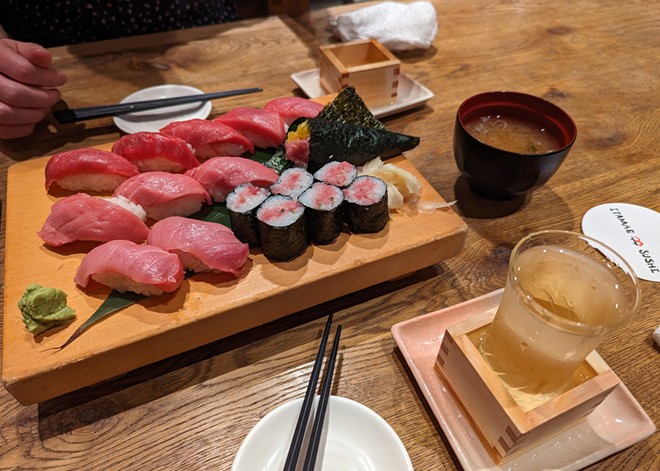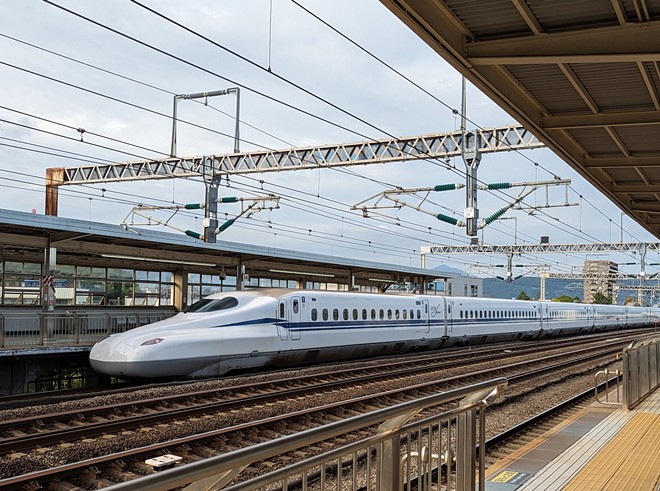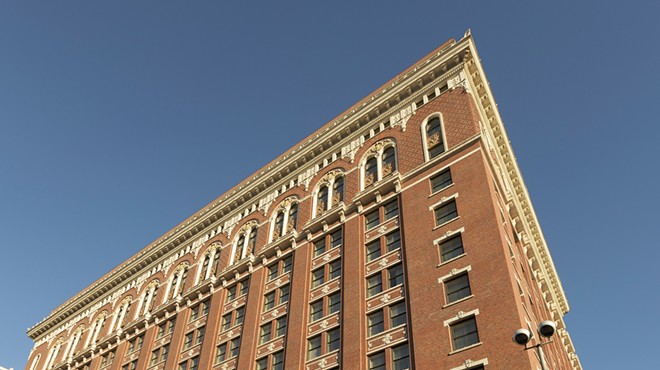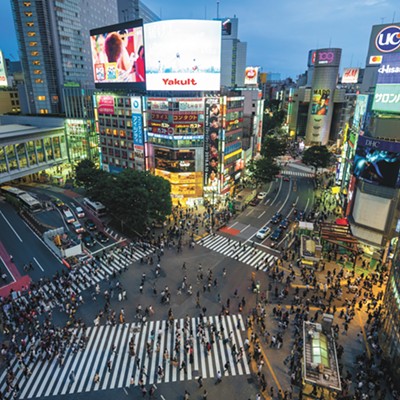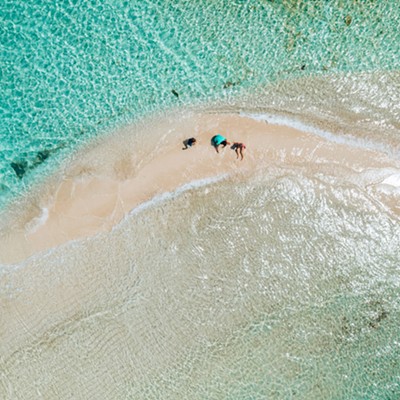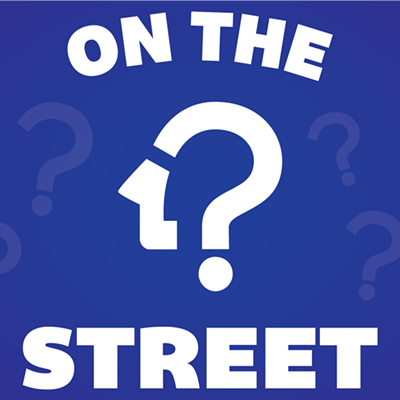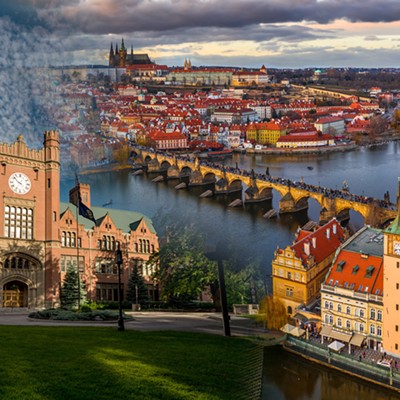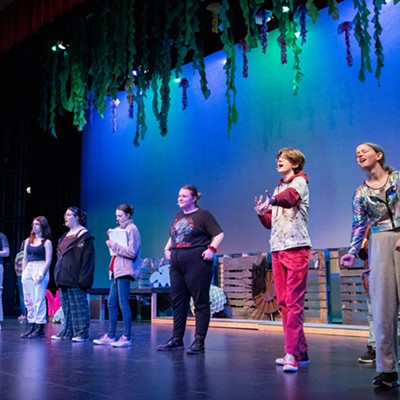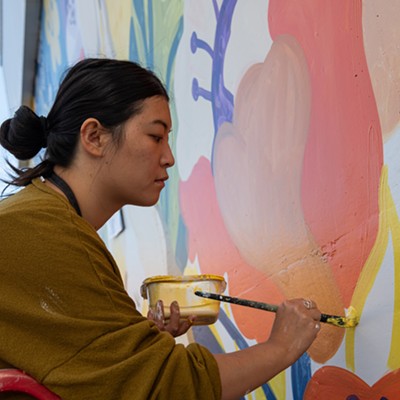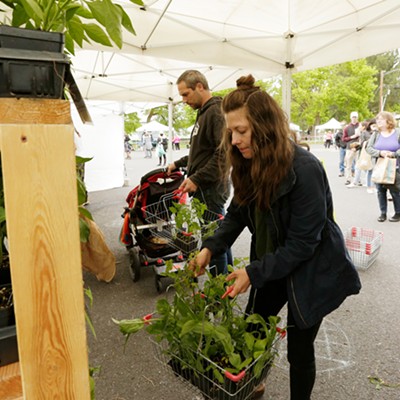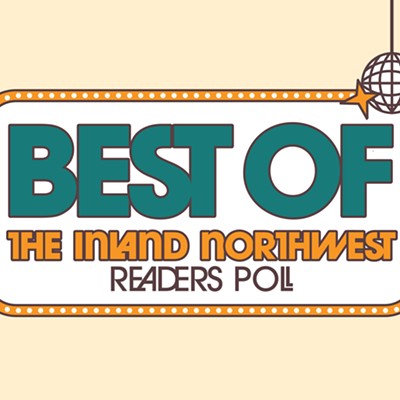As it's often touted, international travel lets us view the world from new perspectives. Seeing how people in vastly different cultures than ours live allows us to reframe our own existence on this pale blue dot, including how we can improve our communities back home. After returning from a truly incredible 2.5-week trip to Japan, never has this concept been more clear to me.
My partner and I spent months researching and planning our first trek (of what we hope will be many more) across the country, going in a clockwise loop from Tokyo with stops in Manazuru, Odawara, Hakone, Osaka, Hiroshima, Kyoto, Kanazawa and Shirakawa-go. While I could write volumes about the incredible things we saw, ate and experienced — from a traditional tea ceremony in Kyoto to the truly magical setting of Shirakawa-go, a centuries-old village in the mountains — for this piece I've decided to list six observations about life in Japan that I now miss, and wish we had in the U.S.
1. ULTRA-EFFICIENT PUBLIC TRANSIT
It's widely known that Japan — a country of 125 million people, about 62% of the U.S. population, on a landmass slightly smaller than California — has one of the best public transit systems in the world, and I can't overstate how efficient, punctual and easy it was to get around. The shinkansen, or bullet train, was my favorite — imagine if there was a shinkansen connecting Seattle and Spokane, or a route up the entire Pacific Coast?! We also rode dozens of local trains/subways and buses, plus ferries, cable cars, an unmanned elevated train and more.
2. A SENSE OF SAFETY
When getting around via the aforementioned transportation, I never once felt unsafe or had anxious thoughts of what I'd do in the event of an active shooter. There's not even a security screening before getting on the shinkansen. Why? At the core, it's because Japan's super-strict gun laws make it incredibly onerous to obtain a personal firearm, thus ownership is essentially minuscule compared to the U.S. The Japanese perception of guns is also totally different than here — people don't want to own them — and violent crime rates are a fraction of America's.
3. EASY ACCESS TO CHEAP, HEALTHY FOOD
While we ate tons of amazing food — the freshest sushi, Osaka's famous okonomiyaki — many snacks and on-the-go meals came from... 7-Eleven! The "conbini," or convenience stores, are everywhere (Family Mart and Lawson are two other ubiquitous chains) and sell a huge variety of fresh, prepackaged meals like onigiri rice balls, salads, fruit and other snacks, plus ice cream, booze, fried food, donuts, etc. On average, we'd spend less than $10 total for a quick meal when pressed for time. And it was all really good!
4. A CULTURE OF RESPECT
With so many people sharing limited space, residents of Japan's massive cities are constantly aware of their impact on those around them. That means no eating or talking on the phone while riding the train, as it can disturb others. People keep left in train stations and on elevators, leaving space to the right for those in a hurry. Yet politeness and courtesy abounds in every interaction — at stores, restaurants, hotels and elsewhere. As guests, we made sure to follow these and other cultural norms, but sadly saw numerous less-considerate fellow tourists.
5. NO TIPPING
My point about affordable food also applies to restaurants. In addition, tipping is simply not practiced in Japan, and service-centric businesses operate under the belief that customers shouldn't have to pay extra to receive excellent hospitality, which we certainly did. Even more, the super-favorable dollar-to-yen exchange rate (during our trip, it was somewhere in the range of $1 to ¥148), our average bill for two at most places was in the $20-$30 range, including drinks!
6. CLEAN AND ABUNDANT RESTROOMS
The great toilet paper shortage of 2020 introduced us sloppy Americans to the wondrous bidet, a feature of public restrooms that's standard across Japan. Beyond that, though, public bathrooms were easy to find, free to use, and the majority were also very clean. Other common features (at least in the ladies' room) were fully enclosed stalls, a bag storage shelf behind the toilet, and fold-down baby seats. Toilet seat disinfectant was also commonly provided in lieu of those terrible tissue paper seat covers. It's no small thing to reliably find a clean restroom when you have to go on the go! ♦

